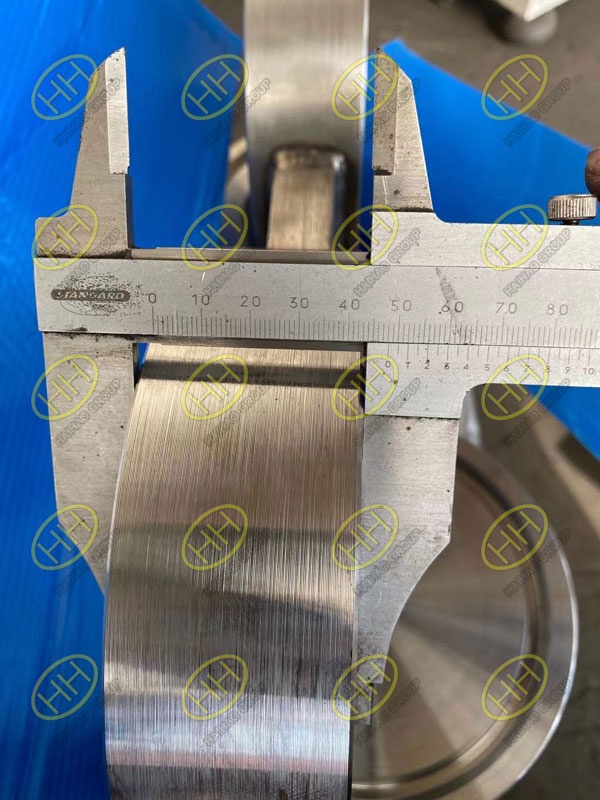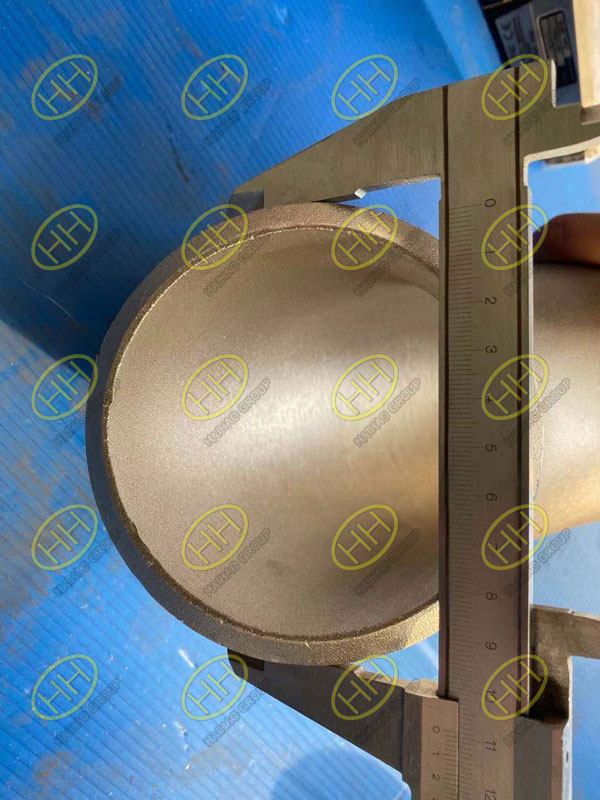Understanding thickness in pressure vessel design: calculation, design, nominal, effective, and material thickness
Thickness is one of the most critical structural parameters in the design of pressure vessels. It ensures structural strength, rigidity, and longevity under specified load conditions. Various thicknesses are strictly regulated by standards to ensure the reliable performance of pressure vessels.
- Calculation Thickness
Calculation thickness is derived from the given calculation methods and formulas specified in standards, considering the design pressure. For external pressure elements, it refers to the minimum thickness required to meet stability requirements. This thickness is crucial for ensuring that the vessel can withstand the internal and external pressures it will encounter during operation.
- Design Thickness
Design thickness is the sum of the calculation thickness and the corrosion allowance. This thickness guarantees that the vessel will maintain its strength, rigidity, and stability under specified load conditions while also ensuring the vessel’s designed service life. It accounts for potential material loss due to corrosion over time, thereby providing a safety margin.
- Nominal Thickness
Nominal thickness is the design thickness rounded up to the nearest standard thickness after accounting for the material’s thickness tolerance. This thickness is typically the one indicated on design drawings. It ensures that the manufactured vessel will have sufficient thickness to meet design requirements, even with material variances.
- Effective Thickness
Effective thickness is the nominal thickness minus the corrosion allowance and material thickness tolerance. This thickness determines the actual load-bearing capacity of the vessel and is generally used to verify the vessel’s strength and stability. It is a key parameter for determining the maximum allowable working pressure (MAWP) of the vessel.
- Material Thickness
Material thickness refers to the actual thickness of the steel used to manufacture the pressure vessel shell. It is specified in the material’s quality certification and reflects the standardized thickness of the steel plate or sheet. This thickness is fundamental in ensuring that the vessel meets its design specifications and can withstand the operating conditions it will face.
Relationships Between Different Thicknesses
Calculation Thickness and Design Thickness: Design thickness includes the calculation thickness and an additional corrosion allowance to account for material degradation over time.
Design Thickness and Nominal Thickness: Nominal thickness is derived from the design thickness but is rounded up to the nearest standard size to ensure compliance with manufacturing standards and to accommodate any tolerances.
Nominal Thickness and Effective Thickness: Effective thickness is calculated by subtracting the corrosion allowance and material tolerance from the nominal thickness. This value is used for assessing the vessel’s ability to handle pressure and mechanical loads.
Material Thickness: This is the thickness of the steel plate or sheet as specified in the material certification. It is the baseline from which all other thicknesses are derived and ensures that the vessel meets the required safety and performance standards.
Understanding the different types of thickness and their relationships is crucial in the design and manufacturing of pressure vessels. By adhering to the standards and properly calculating each type of thickness, engineers can ensure that pressure vessels are safe, reliable, and capable of performing under their specified operating conditions. This meticulous approach helps in achieving long-term durability and efficiency in pressure vessel applications.


